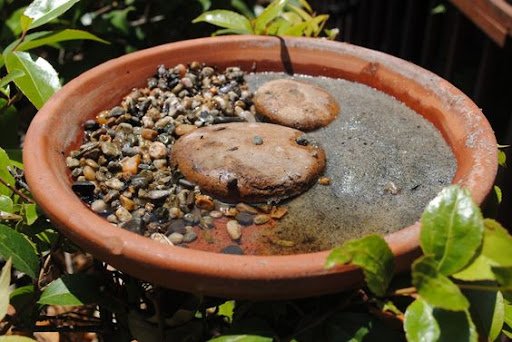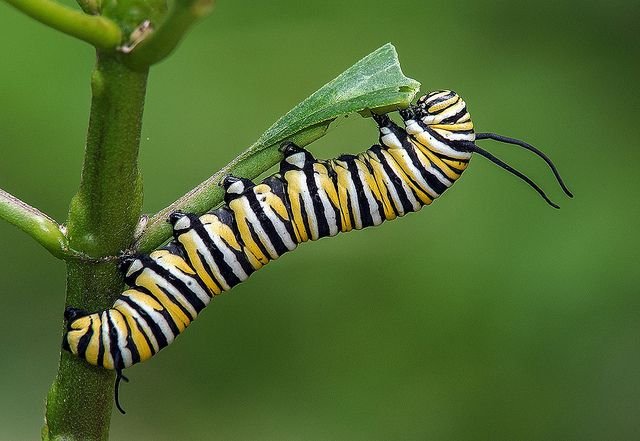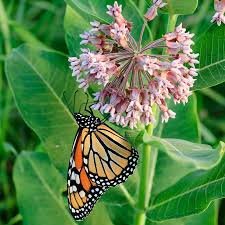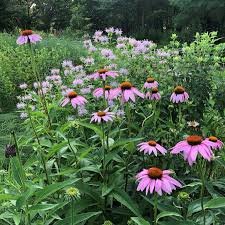Supporting monarchs in your very own garden.
The delicate flutter of a butterfly's wings brings a touch of magic to any garden, but few species are as loved or recognized as the Eastern Monarch Butterfly. Known for their epic migrations from all over the US (east of the Rocky Mountains) and their striking orange and black wings, these majestic insects are not only a joy to behold but also play a crucial role in pollination and ecosystem health.
Sadly, the Eastern Monarch Butterfly population has been declining in recent years. It has been reported that there was a 59% decrease in the overwintering population of eastern monarches in 2023-2024*. This is the second lowest number seen amongst the species since 2013-2014. These numbers are incredible devastating to the conservationist that are trying desperately to protect these beautiful creatures. It is believed that the drastic decrease is due to habitat loss, pesticide use, and climate change.
*Data from 1993-2003: Monarch Butterfly Biosphere Reserve (MBBR, CONANP). Data from 2003-2023: WWF-Telcel Alliance, in coordination with the MBBR.
However, there is hope, and you can make a difference right in your own backyard by creating a welcoming environment for these beauties. It doesn’t take much to make a big difference and remember sometimes it seems like “how much does it matter if I do this since I’m only one yard?” It’s about a collective effort. We make a difference yard by yard and garden by garden. It’s not just you or me that will make the difference it’s everyone who is doing just a few things that will hopefully helps monarch numbers rebound.
Here are some really simple things that you can do in your own yard or garden to support Monarchs:
Plant Milkweed in your garden: If you do one thing, let it be planting milkweed! Milkweed is the primary food source for Monarch caterpillars. By planting milkweed in your garden, you provide essential sustenance for these larvae to thrive. Native/wild milkweed numbers have been on steady decline as ranchers, developers and urban spread continue to eat up wild landscapes. There are several varieties of milkweed to choose from and looking for ones native to your area can be helpful. Some of the readily available ones include Common Milkweed (Asclepias syriaca) and Butterfly Weed (Asclepias tuberosa). Regardless of which you choose you’ll enjoy each one for its own unique beauty.
Include Nectar Plants: Adult Monarch butterflies feed on the nectar of flowers, so it's essential to provide a variety of nectar-rich blooms throughout the growing season. Not only will these plants benefit our butterflies and other pollinators, but they will bring a lot of beauty and biodiversity back to your garden. Consider planting flowers such as Coneflowers, Black-eyed Susans, Zinnias, and Liatris to attract and nourish these winged wonders.
Avoid Pesticides and Herbicides: Pesticides can be harmful to butterflies, as well as other beneficial insects. Opt for organic gardening methods and avoid using pesticides whenever possible. Embracing natural pest control methods such as companion planting and attracting predatory insects like ladybugs can help maintain a healthy balance in your garden. Right along with this is reducing herbicide use. Many of the “weeds” we heavily spray for to maintain pristine yards are the bummer blossoms that aid in the monarch migrations in spring and fall. If you can even leave a small area with these “weeds” as feeding sites we could greatly aid all pollinators.
Provide Sun, Water, and Shelter: Monarch butterflies are sun-loving creatures, so be sure to plant your garden in a sunny spot. Having a water source is equally important. It is as simple as adding a small dish with pebbles or glass beads filled with water for the pollinators to land on drink as needed. Additionally, consider incorporating shrubs or tall grasses to provide shelter from wind and predators.
Create a Monarch Waystation: Consider registering your garden as a Monarch Waystation through Monarch Watch. These certified habitats provide essential resources for Monarch butterflies throughout their lifecycle and migration journey. It’s a simple process, and some fun bragging rights.
Educate Others: Spread awareness about the importance of Monarch conservation and share your passion for gardening for butterflies with friends, family, and neighbors. Encourage others to join in creating butterfly-friendly habitats in their own yards.
*images courtesy of Google.
See, it really doesn't take much to make a big difference. By taking these simple steps, you can transform your home garden into a haven for Eastern Monarch Butterflies and contribute to their conservation efforts. Together, we can all play a part in preserving the beauty and wonder of these remarkable insects for generations to come.
For more info and resources you can check out these amazing organizations:





